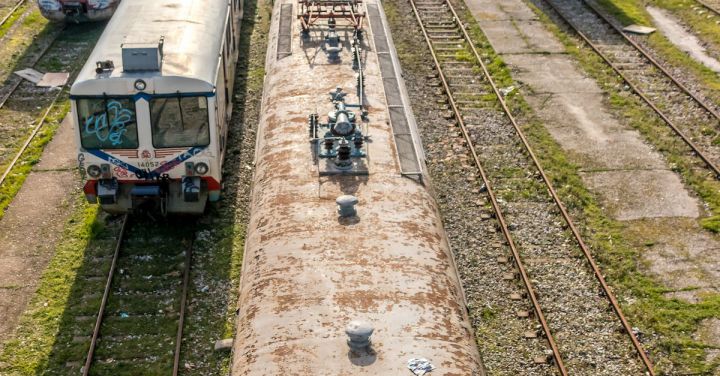In today’s fast-paced world, time is of the essence. People are constantly looking for ways to save time and make their lives more efficient. One area where this need for speed is being met is in the realm of high-speed trains. These trains are revolutionizing the way we travel, offering a faster and more convenient alternative to traditional modes of transportation.
High-speed trains are designed to reach speeds of over 200 miles per hour, allowing passengers to travel long distances in a fraction of the time it would take by car or plane. They are equipped with advanced technology and infrastructure that enable them to achieve these incredible speeds while maintaining safety and comfort for passengers.
One of the main advantages of high-speed trains is their ability to connect major cities and regions. For example, the high-speed rail network in Europe allows travelers to easily move between cities like Paris, Berlin, and Rome, reducing travel times and promoting economic growth. This connectivity is not only convenient for passengers but also beneficial for businesses and tourism.
In addition to reducing travel times, high-speed trains also offer a more comfortable and enjoyable travel experience. These trains are equipped with spacious seating, modern amenities, and onboard services that make the journey more relaxing and enjoyable. Passengers can work, sleep, or simply enjoy the scenery as they travel from one destination to another.
Another significant advantage of high-speed trains is their environmental impact. Compared to cars and airplanes, trains are more environmentally friendly as they produce fewer greenhouse gas emissions. High-speed trains utilize electric power, which reduces the reliance on fossil fuels and helps to mitigate climate change. By choosing to travel by high-speed train, individuals can contribute to a more sustainable future.
Furthermore, high-speed trains have the potential to relieve congestion on roads and in airports. In many cities, traffic congestion is a major problem that leads to wasted time, increased pollution, and decreased productivity. By providing a fast and efficient alternative, high-speed trains can help alleviate this congestion and make cities more livable.
The success of high-speed trains can be seen in countries like Japan and China, where these trains have become an integral part of the transportation system. In Japan, the Shinkansen bullet train has been operating for over 50 years and is known for its reliability and safety. In China, the high-speed rail network is the largest in the world, connecting over 100 cities and covering thousands of miles.
High-speed trains are not without their challenges. The construction and maintenance of high-speed rail infrastructure require significant investment and planning. However, the long-term benefits of these trains far outweigh the initial costs. High-speed trains have the potential to transform transportation, connecting people and places in a way that is efficient, sustainable, and enjoyable.
In conclusion, high-speed trains are paving the path for rapid rail travel. These trains offer a faster, more convenient, and environmentally friendly way to travel long distances. With their advanced technology and infrastructure, high-speed trains are revolutionizing transportation and connecting cities and regions in a way that promotes economic growth and sustainability. By choosing to travel by high-speed train, individuals can save time, reduce their carbon footprint, and enjoy a comfortable and enjoyable journey. High-speed trains are the future of travel, and they are here to stay.
